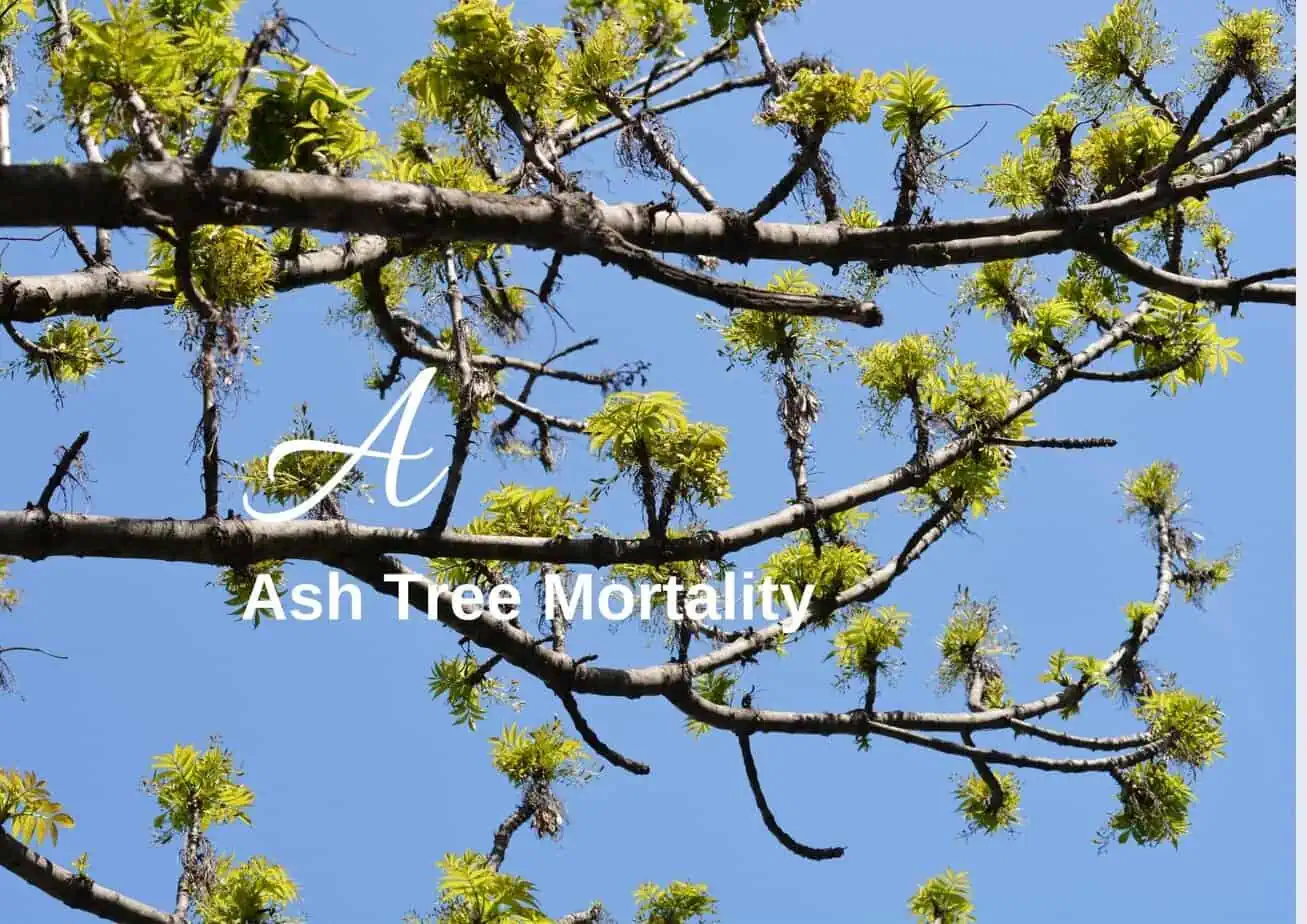Biodiversity lexicon: A for ash tree mortality
Sick trees on the other side of the fairways; trees that have been cut down and are waiting to be removed. This is becoming increasingly common in Europe. Ash tree mortality in particular, is also causing problems for golf course operators. This is a tree disease that has been observed in Europe since the early 1990s and now affects large parts of the continent. The disease is caused by a fungus called Hymenoscyphus fraxineus, which was introduced from East Asia. While Asian ash species are mainly resistant to the fungus, ash trees native to Europe are often very susceptible.
The fungus spreads via spores that can be carried for miles by the wind. These spores mainly infect young shoots and leaves, leading to symptoms of wilting, dying branches, and bark necrosis. Young trees, in particular, often die completely, while older trees are weakened over a longer period of time and are more susceptible to further diseases or pests. In addition, the stability of severely damaged ash trees can be compromised, making them a risk on golf courses, as they can endanger players as well as walkers.
Subscribe to our newsletter!
News & trends about sustainability in golf
Ash dieback was first observed in Poland and quickly spread westward. It has since spread to many countries, including Germany. Today, it is considered one of the greatest threats to European deciduous forests.
Ash dieback is difficult to control as no effective fungicides are permitted for use in the field. Forestry scientists are, therefore, relying on observation, research, and long-term strategies: individual ash trees show a natural resistance. These so-called “tolerant” trees are to be specifically identified and used in breeding programs. Generally speaking, mixed forests are more resistant to disease overall. Before planting new ash trees, golf course operators should always seek expert advice on whether selecting the tree at all makes sense.






 Foto: Petra Himmel
Foto: Petra Himmel